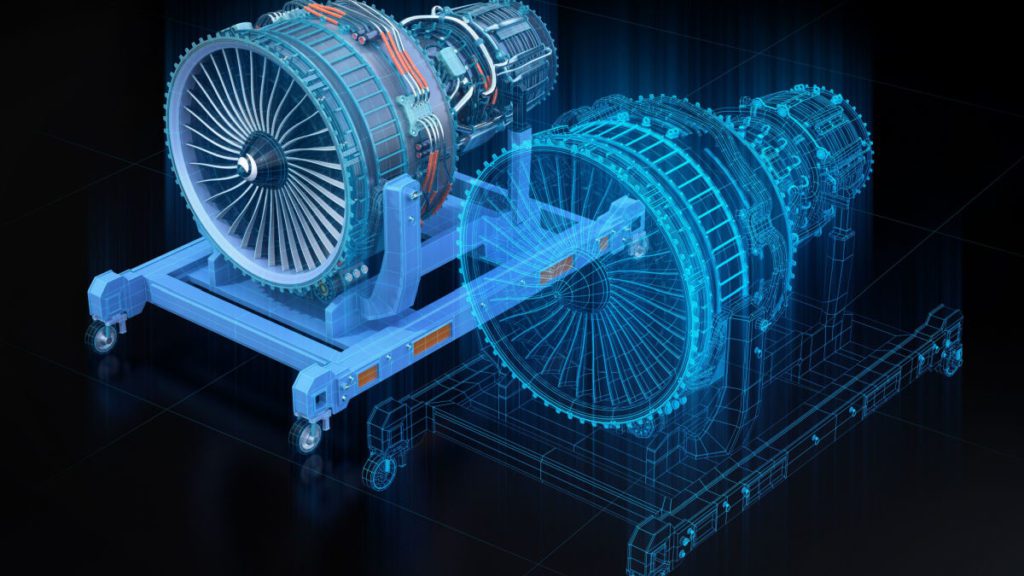Digital twins, one of the first Metaverse use cases to gain traction, are a clear industrial Metaverse benefit in terms of manufacturers and retailers, but their development scope is enormous and can incorporate many other sectors.
Ultimately, the digital twin concept focuses on developing true-to-scale, functional, digital replicas of real-world products that users can access and work with within the Metaverse. Some of the most successful examples of digital twins include French supermarket chain Intermarché’s virtual replicas of stores, developed to help with inventory management, and telecoms company Swisscom’s network digital twins, intended to create virtual 5G networks to test new artificial intelligence (AI) automation techniques.
Beyond the private sector, digital twinning could scale astronomically to incorporate entire smart cities. There is already a push to integrate digital twins into the development of data-driven smart cities; in this article, we’ll imagine what this might look like.
Transportation
One of the best digital twin use cases in the smart city model is transportation. Using virtual worlds and replicas of entire cities, policymakers can explore innovative ways to improve transportation in response to increasing populations and limited capacity for expansion.
Existing transportation networks’ digital twins enable engineers to examine high traffic and footfall volume data. Using this data, the engineers can map new routes and developments that will have the most negligible impact on existing, widespread transport infrastructure while benefitting the most commuters.
Urban Planning
Beyond transportation, city planners can use data from digitally twinned smart cities to see how spaces are used and in which parts of a city. Digital twins could revolutionize urban planning because, in addition to being able to map new structures and areas based on current data, engineers will be able to experience these spaces virtually before committing to a physical build.
For example, if data showed that people in a particular area needed more affordable housing, engineers could create and explore virtual models. They could see for themselves what the visual impact would be for nearby residents, whether access to green space is restricted, and how long it would take to get from the new build to the most frequented areas for work and recreation.
Sustainability
A core aim of smart cities is to increase sustainability and develop environmentally friendly infrastructure. Digital twins will accelerate these sustainability efforts.
The ability to create virtual manifestations of infrastructure, transport schemes, waste services, and more ensures that zero carbon is emitted during the test phase. Beyond this, data collected during digital twin test trials enables engineers to choose the most sustainable methods with the most significant benefit to city dwellers.
There’s also a case for economic sustainability, too. Building digital twins is far more cost-effective than trialing real-life prototypes. Ultimately, the realism level that the Metaverse will provide and augmented reality (AR) technology’s increasing sophistication support a scenario where policymakers can trial innovations in virtual worlds and on-site. This begs the question, is a digital twin better than a real-life prototype?
Healthcare
Healthcare facility digital twins could help streamline healthcare provisions in smart cities. By conducting virtual appointments in digital healthcare facilities that are exact likenesses of their physical alternatives, healthcare providers can see more patients and lessen the burden on inner-city facilities.
With healthcare featuring so prominently in the landscape of cities, digital twins, intrinsically tied up with infrastructure provisions such as parking and public transportation, could play a vital role in culture change. Dubai is leading the way in this with the Gulf state’s Medcare Women & Children Hospital, the first medical facility to create a full-fledged, working digital twin in the Metaverse.
One to Watch
Smart cities that incorporate digital twins are already under construction. As a benchmark and to help you explore your own region’s possibilities and the ways your organization might participate, take the Singaporean model.
Singapore has, by far, the most advanced digital twin to date. Using AI, machine learning, and LIDAR (light detection and ranging) technology, Singaporean authorities, alongside private virtual imaging firms, recently cloned the entire city-state. The data will be used predominantly for environmental efforts focused on water resources, planning, and coastal protection. However, there are also plans to gamify experiences when the imagery transitions to the Metaverse.










